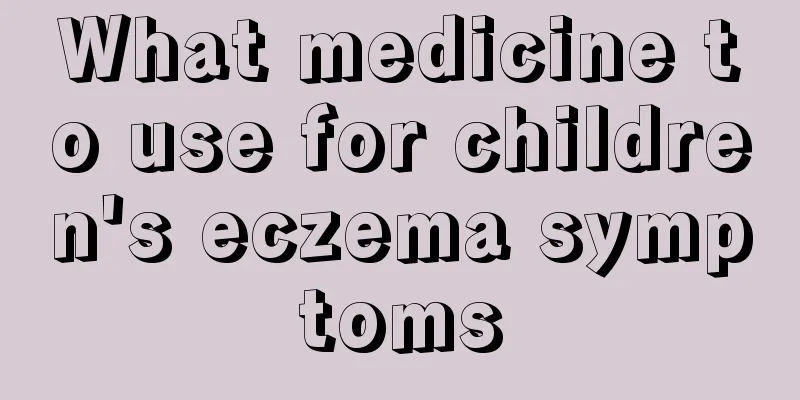Does patent ductus arteriosus affect heart rate?

|
For a person, he or she has no way of knowing when illness or disease will occur. Especially the most critical parts of the body, such as the heart. Arteries are the most important parts of the human body. Once an accident occurs, the most serious consequence is that the heart stops directly, and the person’s life is in danger. However, patent ductus arteriosus is an uncommon condition that can have some effects on the heart. Does patent ductus arteriosus affect heart rate?
Genetics is the main internal cause. Any factors that affect the development of the heart embryo during the fetal period may cause heart malformations, such as the pregnant mother suffering from rubella, influenza, mumps, Coxsackie virus infection, diabetes, hypercalcemia, etc., the pregnant mother is exposed to radiation; the pregnant mother takes anti-cancer drugs or drugs such as tocopherol.
The clinical manifestations of patent ductus arteriosus mainly depend on the amount of blood shunted from the aorta to the pulmonary artery and whether secondary pulmonary hypertension occurs and its degree. In mild cases, there may be no obvious symptoms, while in severe cases, heart failure may occur. Common symptoms include palpitations, shortness of breath, fatigue after exertion, susceptibility to respiratory infections and slow growth and development. In the late stage, pulmonary hypertension is severe and cyanosis of the lower body may occur when reverse shunt occurs. During physical examination of patent ductus arteriosus, the typical sign is a loud, continuous machine-like murmur heard at the second intercostal space on the left side of the sternum, accompanied by thrill. The pulmonary valve second sound is hypertrophic but is often masked by a loud murmur. In patients with a larger shunt, a diastolic murmur due to relative stenosis of the mitral valve can be heard in the apex. Blood pressure measurement showed that systolic pressure was mostly within the normal range, while diastolic pressure was reduced, resulting in increased pulse pressure, and watery pulses and shooting sounds in the blood vessels of the limbs. In infants and young children, only a systolic murmur may be heard. When pulmonary hypertension occurs in the late stage, the murmur varies greatly. There may be only a systolic murmur, or the systolic murmur may disappear and be replaced by a diastolic murmur of pulmonary valve insufficiency.
1. Electrocardiogram In mild cases, there may be no obvious abnormal changes. Typical manifestations include left axis deviation, left ventricular high voltage or left ventricular hypertrophy. Patients with obvious pulmonary hypertension show hypertrophy of both the left and right ventricles. In the late stage, the main symptom is right ventricular hypertrophy and myocardial damage. 2. Chest X-ray The cardiac shadow enlarges. In the early stage, the left ventricle enlarges, and in the late stage, the right ventricle also enlarges. If the shunt volume is large, the left atrium also expands. The shadows of the ascending aorta and aortic arch are widened, and the pulmonary artery segment is prominent. The pulmonary artery branches are enlarged and the lung fields are congested. Sometimes the hilar "dancing" sign can be seen under fluoroscopy. |
<<: Tips for getting rid of acne in middle school
>>: The child has fever and a rapid heart rate
Recommend
How to treat children with ADHD?
Children are active and lively, so they never hav...
Can I bathe my baby if he has a rash?
It is the most common phenomenon for babies to ge...
What to do if children have less hair
Many babies have very little hair when they are b...
What should children pay attention to when swimming in summer?
The hot weather in summer makes people just want ...
What should I do if my child has inflammation and repeated fever?
In our lives, there are some diseases that occur ...
What to do if your baby has jaundice
Jaundice is the most common symptom among newborn...
How to supplement zinc deficiency in 8-month-old babies
In daily life, some mothers find that their child...
The child has a fever but is in good spirits
It is a common physical illness for children to h...
What are the treatments for fever in children?
Fever in children is very common in life. Fever i...
Why does my child have bad breath in the morning?
Don’t think that bad breath only occurs in adults...
The child's face is full of small pimples
Many parents will find a phenomenon, that is, the...
Can a 7 month old premature baby survive?
The survival rate of seven-month-old premature ba...
What should I do if my child has a fever at night?
Because children have relatively poor physical re...
Treatment of bent legs in newborns
Recently, our physical fitness has generally begu...
Is it good for children to drink milk at night?
Children are in a critical stage of physical grow...









